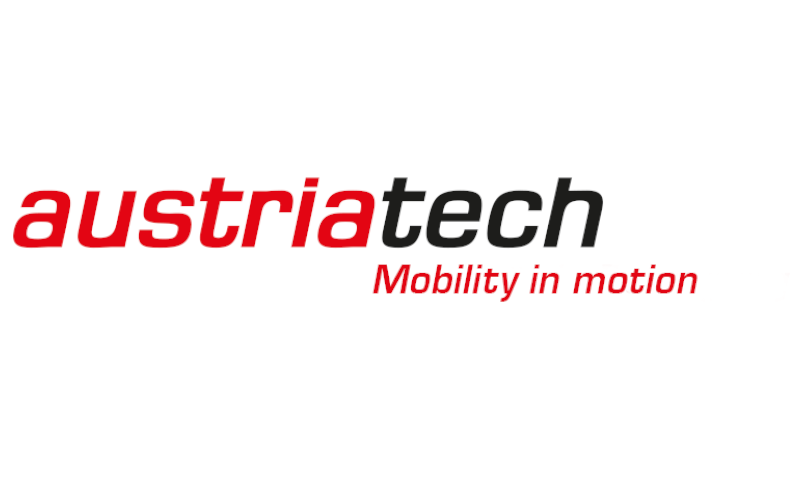Last modified more than a year ago

Connected thinking, connected working, connected driving.
In this interview, Martin Dirnwöber from AustriaTech gives an insight into the ARCADE project, and presents a view of AustriaTech as project partner. The interview was originally developed and published on 3rd March 2020 on AustriaTech website (German version, English version).
The ARCADE project demonstrates on a large scale long-term development opportunities for Connected and Automated Driving (CAD). Expert Martin Dirnwöber gives an insight into the role of AustriaTech, the working method and the goals of the project.
1. What was the reason of the project initiators to continue the follow-up project ARCADE after the end of the CARTRE project?
The topic “Connected and Automated Driving” (CAD) is very dynamic. There is currently a lot going on in this area and many developments are conceivable. In addition, there are strong interactions between developments and activities in different areas, such as vehicle technologies, new services, validation or legal frameworks. It is therefore important that a coordinated approach is taken at European level. This is one of the main objectives of ARCADE.
2. Why is AustriaTech active in the field of Connected and Automated Driving?
ARCADE is not the only project in the field of CAD systems. Many activities are dedicated to the development of automated and connected mobility, including some in which AustriaTech is involved, such as INFRAMIX or C-Roads. In ARCADE we can contribute our own know-how and at the same time support the exchange with stakeholders. Only through open dialogue we can keep pace in this dynamic environment.
In ARCADE, AustriaTech, together with DLR, is responsible for the management of the subject area “Physical and Digital Infrastructure”. The focus is on security and efficiency. It is important to discuss how to operate CAD systems in a safe and efficient way.
3. The ARCADE project involves a large number of project partners from eleven different European countries. How do cooperation and communication take place on such a large scale?
The project involves a total of 23 project partners at European level. The consortium consists of road operators, vehicle manufacturers and suppliers, service providers and public authorities. In addition to regular meetings of the entire consortium, smaller regular meetings or teleconferences are held within individual topic areas. In addition, the project addresses stakeholders from a wide range of areas. For this reason, various stakeholder workshops are held. In some cases, the choice of the optimal size and composition of the meetings poses a certain challenge, since basically all topic areas are interlinked. Measures in the digital infrastructure, for example, affect the vehicles at the same time and therefore require the vehicle manufacturers’ point of view. An added value for the individual participants is getting to know the views and objectives of the other stakeholders. The strength of the approach is that it brings together experts from a wide range of fields, who contribute their respective views and experience, and can thus jointly advance the development of CAD systems.
4. What are the biggest challenges in the project?
The biggest challenge is certainly the dynamics and complexity of the topic. It is difficult to predict how technology will develop and what it will be able to achieve in ten or 20 years. Technical developments have a major impact on possible solutions for the overall system, and this in turn has an impact on the organization and benefits for society. How can technical achievements be translated into safe operation? For which user group are these systems relevant? How high are the costs? What legal and organisational changes would have to be made? Thus, the topic contains not just one, but many unknowns. It is also difficult to coordinate the different innovation cycles of the individual areas. For example, technical innovations in the vehicle sector are made faster than in the infrastructure sector. It is therefore all the more important to look at the different perspectives and developments together and to lead them to a targeted further development.
5. What are the next steps/activities?
In the first year, future challenges and obstacles in the individual topic areas were described using possible scenarios. Important future activities were also identified. On this basis, work will continue on possible approaches in the second year. An important aspect of this is also the discussion of central uncertainty factors in the individual topic areas. The next stakeholder workshop will take place in February in Brussels. Developments in the respective topic areas will be presented to all stakeholders. Depending on the feedback from the stakeholders, the next work priorities will be set. In addition, the next EU-CAD conference will take place in April as part of TRA2020.


